 Back to the Be Inspired Blog
Back to the Be Inspired Blog
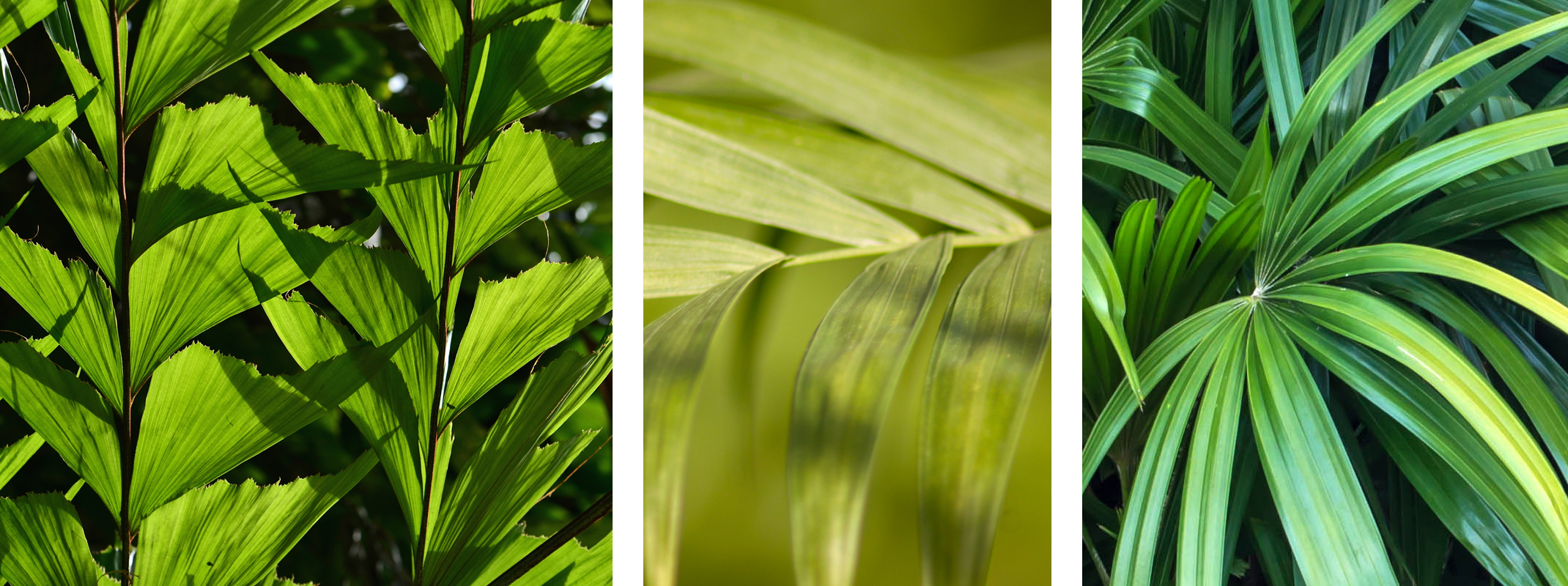
4 Perfect Palms For Growing In Containers
Want to bring the sunny, carefree vibes of the coastal beaches to your home with some breezy palm trees, but don’t want to go all out with a full-sized tree? These mini palms are nice and compact, so they make great accent plants for the home or yard when you grow them in containers. Plus, if you’re the indecisive type who can’t quite settle on one permanent spot for your new tree, the beauty of a container palm is that you can move it around wherever you like, provided it gets the right amount of sunshine.
Check out these four fabulous palm varieties that can be easily grown in containers here in California. Place them on the patio, flank the sides of your front steps with a matching set, pop them in the corner of your yard, or grow them indoors by a sunny window for some fresh and fuss-free tropical greenery.
1. Kentia Palm
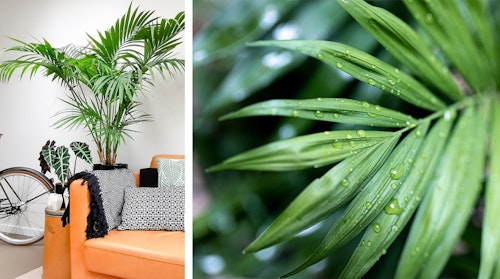
Kentia palms are hardy tropical plants that can tolerate cooler temperatures, making them ideal for indoor environments. Their slow growth ensures they won't quickly outgrow their space, reaching up to 12 feet indoors over several years. Kentia palms are tolerant of a wide range of soils but thrive best in well-draining, sandy soil. These palms prefer partial to full shade and grow well in indirect sunlight, making them versatile for indoor placement. Outdoors, they do well in shaded areas under tree canopies or near awnings. Kentia palms may produce white flowers and red berries, but this typically occurs only after 15 years, providing a rewarding display for patient growers.
- Height: Up to 12 feet indoors (slow-growing)
- Light Preference: Partial to full shade; prefers indirect sunlight
- Soil Requirements: Thrives in well-draining, sandy soil; tolerant of various soil types
- Watering: Water when the top 2 inches of soil are dry
- Special Features: Can produce white flowers and red berries after 15 years
- Temperature Tolerance: Can withstand cooler conditions compared to other tropical palms
2. Areca Palm
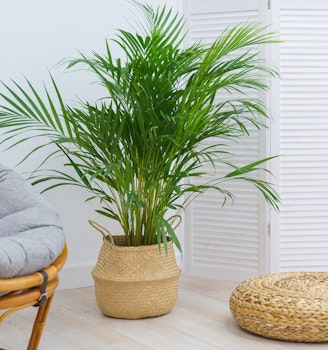
The Areca palm is a popular choice for adding a lush, tropical feel to indoor and outdoor spaces. Its feathery fronds provide color and texture, creating a full, bushy appearance. While it enjoys bright, indirect light, too much direct sunlight can cause the leaves to brown. The Areca palm is adaptable to various lighting conditions, making it easy to find a suitable spot through trial and error. Regular watering is important during spring and summer to keep the soil consistently moist, while less frequent watering is needed in fall and winter. Repotting every 2-3 years helps refresh the soil and keep the plant healthy.
- Height: Typically 6-7 feet indoors (fast-growing)
- Light Preference: Bright, indirect light; avoid intense, direct sunlight
- Soil Requirements: Well-draining, moist soil
- Watering: Keep soil moist in spring/summer; allow top 1-2 inches to dry in fall/winter
- Fertilizing: Use a slow-release granular fertilizer in spring; apply micronutrient spray to fronds in summer
- Repotting: Every 2-3 years to refresh soil and prevent salt buildup
- Special Features: Bushy appearance with feathery fronds; responds well to trial-and-error placement
3. Rhapis Palm
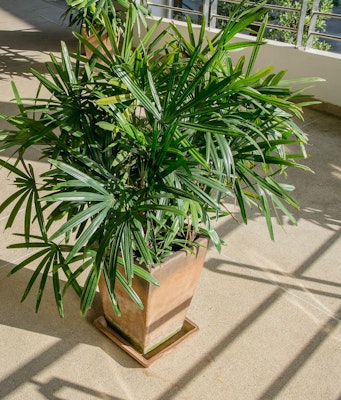
Also known as the Lady Palm, the Rhapis palm is a refined choice for indoor gardening, featuring upright stems and elegant, fan-shaped leaves. It remains a manageable size, making it well-suited for container growth indoors. It can also tolerate mild outdoor conditions, ideally kept around 70°F during the growing season, with winter temperatures staying above 55°F. Ensure the container has drainage holes to prevent water from pooling, as Rhapis palms require regular watering in summer but do not thrive in stagnant conditions. There are two main types to choose from: Rhapis humilis, which reaches up to 3 feet tall, and Rhapis excelsa, which can grow up to 6 feet. Fertilizing in spring or using a water-soluble fertilizer every two weeks during the growing season encourages steady growth. Brown leaf tips are common and can be trimmed away with clean gardening shears.
- Height: Rhapis humilis grows up to 3 feet; Rhapis excelsa can reach 6 feet
- Light Preference: Bright, indirect light to partial shade
- Soil Requirements: Well-draining potting mix
- Watering: Keep soil moist in summer; ensure proper drainage
- Temperature: Best in 70°F during growth; above 55°F in winter
- Fertilizing: Apply slow-release fertilizer in spring or water-soluble fertilizer every two weeks
- Special Care: Trim brown leaf tips as needed
4. Fishtail Palm
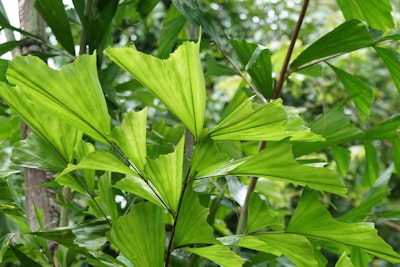
The Fishtail palm is a unique variety with swishy, textured leaves that resemble the tail of a fish. It thrives in warmer temperatures, tolerating heat up to 80°F during the growing season. This palm prefers bright, indirect light and should be planted in a loose, well-draining soil-free medium, ideally in a container that is slightly larger than the original. Humidity is crucial for keeping the Fishtail palm healthy, so regular misting is recommended. To avoid fungal growth or pest issues, it's important to wipe off excess moisture and dust from the leaves.
- Height: Can grow up to 10 feet indoors (slow to moderate growth)
- Light Preference: Bright, indirect light
- Soil Requirements: Loose, soil-free medium with good drainage
- Watering: Keep soil consistently moist; mist regularly for humidity
- Humidity: High humidity is essential; wipe off excess moisture from leaves
- Special Features: Unique, swishy leaves with a fishtail shape; tolerates warmer temperatures up to 80°F

